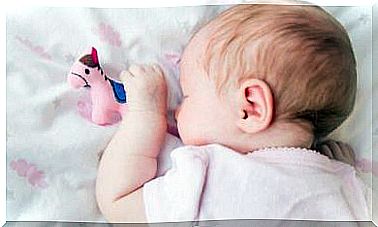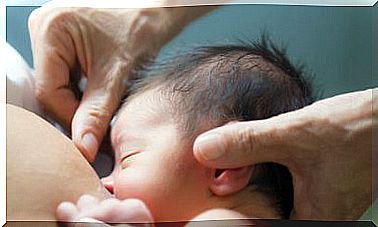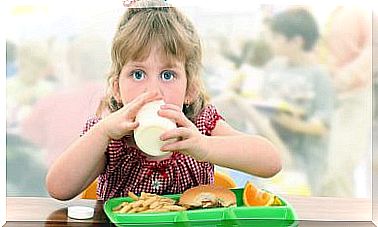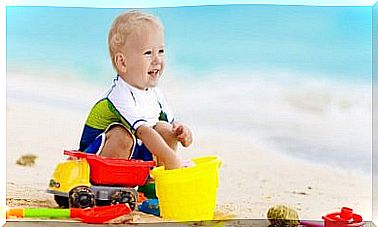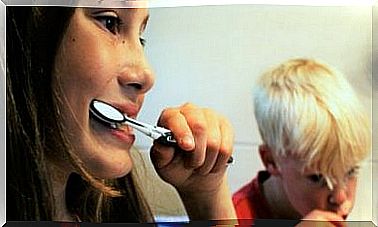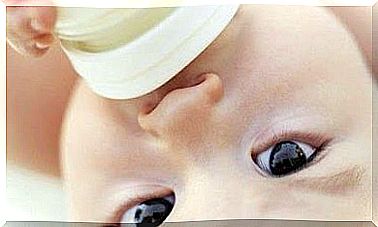Soft Diet For Children: No Solid Food
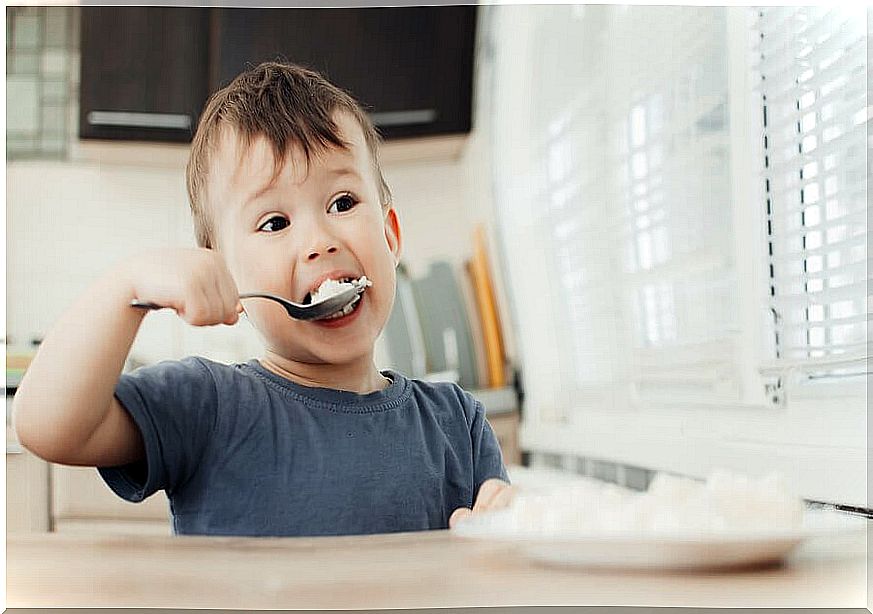
The soft diet for children is a product of the inability to consume solid foods. This is a gastric protection diet, which includes foods that are easily digestible for the stomach and which can be caused by several reasons.
On the list of soft diet foods are those that are easy to chew and swallow. Soft foods have a smooth texture and are high in fiber.
As a mother, you should keep in mind that a soft diet doesn’t have to be boring and tasteless, nor should it be used as a form of torture for the child.
Remember that this type of diet must be applied temporarily and that the little one must soon return to eating solid foods, progressively.
In this article, we’ll delve into the soft diet for kids, explain what foods are on it, and offer some tips on how to cook food.
Soft diet for children
This type of diet can vary slightly depending on the reason for starting the diet. It is usually recommended for a short period of time until the difficulty is resolved.
During this time, be sure to offer foods that are attractive to the child. This is very important for her to eat well and for her to get the calories, protein and other nutrients needed for her growth and recovery.
The soft diet limits or eliminates foods that are difficult to chew and swallow, such as raw fruits and vegetables, chewy breads and tough meats.
This is a high protein diet, in which fried foods and spicy foods are not advisable.
Likewise, most cereals or fizzy drinks are also not welcome. Not to mention those fruits that contain skin and seeds, which must be eliminated from the child’s diet.
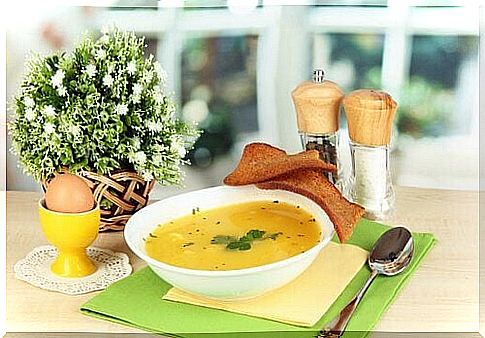
List of foods that can be included in the soft diet
This is a list that includes some of the foods your child can eat if they are on a soft diet. Remember to give free rein to your imagination when preparing the dishes to cheer up the little one!
To eat:
- Soft bread without rind.
- Avocado, asparagus and peeled tomatoes.
- Mashed potatoes and pumpkin.
- Oats, semolina, porridge.
- Rice and cooked noodles.
- Lamb meat and minced and cooked meat.
- Boneless fish and cooked tuna.
- Soup and broth.
- Pineapple, banana and strawberries.
- Yogurt and soft cheeses.
- Ice cream.
To drink:
- Water.
- Milk.
- Chocolate milk shake.
- Fruit juices.
How to prepare soft foods
Foods that are part of this diet are easy to digest and can be further softened by being cooked or crushed. You can use canned or cooked fruits and vegetables instead of raw or dried varieties.
Also, remember to use the minimum amount of oil so as not to upset your child’s stomach. You must prepare food as follows:
- Cut food into small pieces.
- Use broth or sauce to moisten food. Soup is a healthy and safe option on a soft food diet.
- Cook the vegetables until they are soft enough that they can be mashed with a fork.
- Use a food processor to mash or puree the food so it is easier to chew and swallow.
- Include fruit juice.
- Strain soups that have chunks of meat or vegetables that are too large.
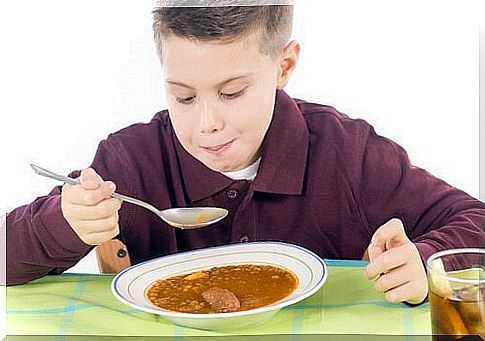
Advice that should be taken into account about the soft diet for children
Here are the tips you should consider if your child is on a soft diet:
- You should eat 5 or 6 meals a day.
- You should rinse your mouth after each meal to help keep it clean.
- You should consume foods with fiber so that constipation is not a problem.
- The best way to maintain your little one’s nutrition is by taking in calories and protein to vary your diet. It is important to positively confuse him to test different recipes.
- Vitamins and supplements can help you stay healthy.
Finally, we remind you that a soft diet for children is something casual, the result of a bad condition. All in all, it should be noted that it is a wonderful opportunity for your child to learn to eat food in a healthy way.
If you feel your reception is good, you can keep some of the dishes in your usual diet.
